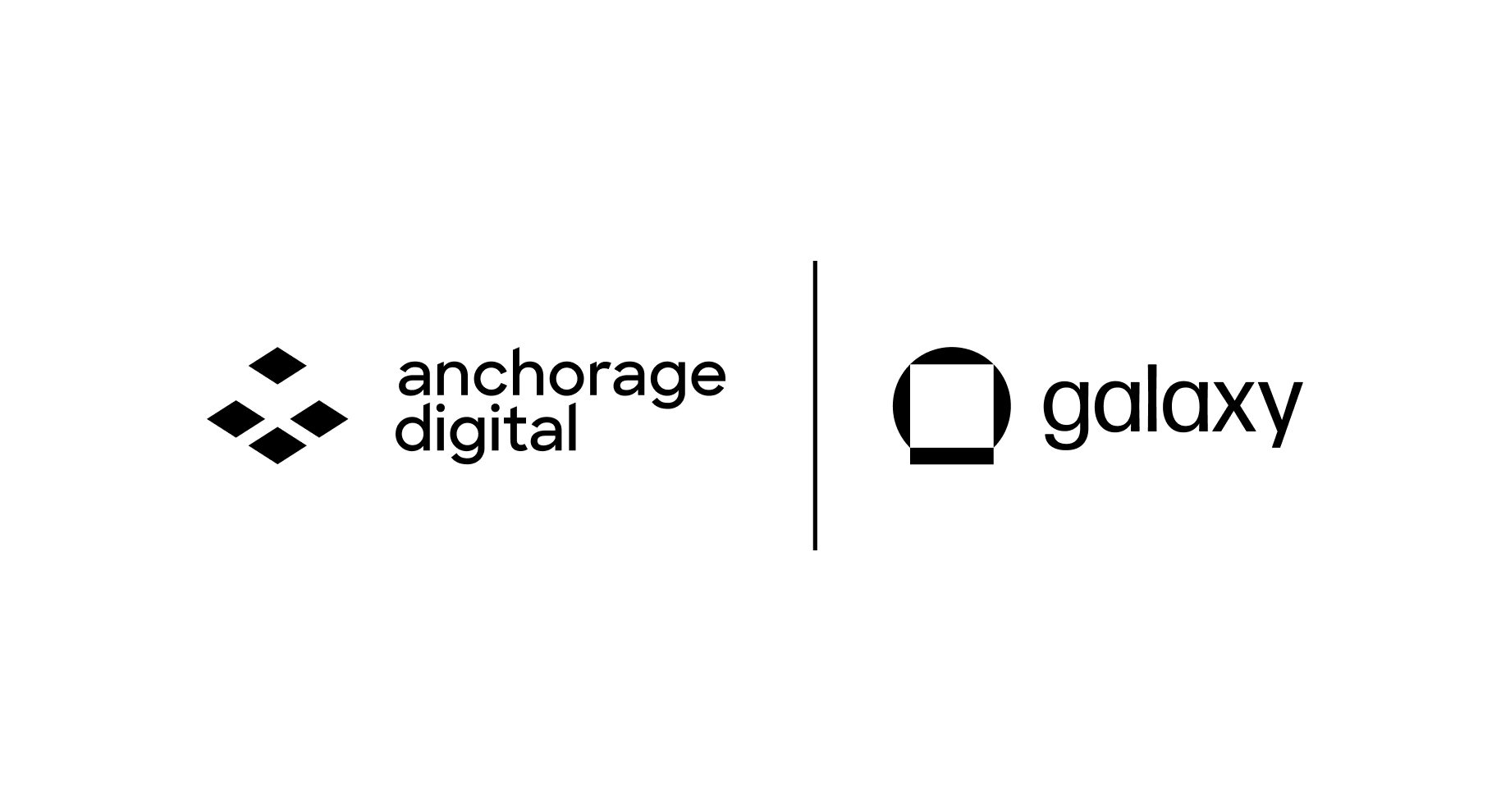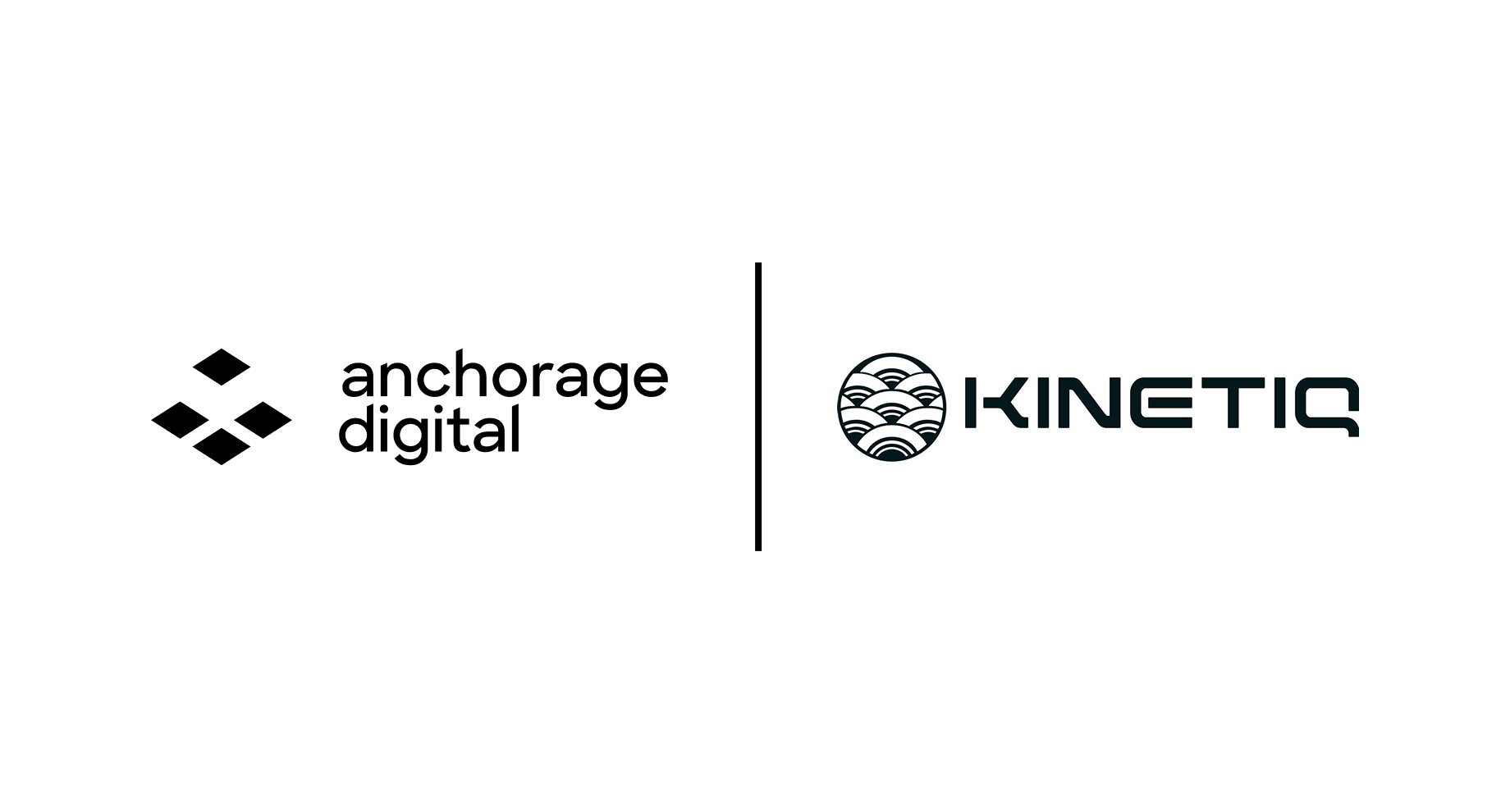Anchorage Launches Institutional ETH Staking

Since its inception, Ethereum has cemented its place as a leading blockchain. In just seven short years, it has enabled a more efficient and inclusive digital asset ecosystem, extended the way value is transmitted across borders, and provided the infrastructure for blockchain builders to spawn innovative business models that galvanize communities through shared ownership.
Anchorage is here to enable participation in these assets in a manner that allows institutions to realize the potential of new blockchain technologies. As Ethereum approaches its most significant protocol evolution to date, Anchorage, which has the first federally chartered crypto bank, is launching staking on Ethereum.
“Anchorage was founded by security engineers seeking a superior solution to institutional crypto custody. As the digital asset ecosystem has evolved, and passive income-generating opportunities have emerged, that security-first ethos is proving invaluable for institutions looking to make the most of their crypto investments. By paving the way for institutions to stake their Ethereum, we’re providing heightened legitimacy to market-tested assets–and in the process, eliminating any hot wallet risks for institutions looking to generate new earnings from crypto. It’s a win-win for institutional investors and the ecosystem as a whole.”
—Diogo Mónica, Co-Founder and President of Anchorage Digital
Anchorage's mission is to provide the building blocks that enable institutions to grow with the evolving digital asset ecosystem. Here is how ETH staking works and why Anchorage remains the premier institutional platform through which digital assets move in the new global economy.

Scaling Ethereum
The vision for Ethereum is to become more scalable and secure, while remaining decentralized. To achieve this vision, the Ethereum Foundation and an ecosystem of organizations have outlined a multi-year roadmap consisting of several protocol upgrades, including transitioning from a proof-of-work (PoW) to proof-of-stake (PoS) consensus mechanism. The first major upgrade in this transition was the launch of the Beacon Chain in December 2020. The Beacon chain introduces PoS to Ethereum, and it is currently running alongside the Ethereum mainnet. PoS consensus lowers the barriers to entry for Ethereum holders to participate while contributing to the network's security and decentralization and collecting rewards for their contributions.
Staking and the Merge
The Merge is when Ethereum mainnet connects with the PoS system that is controlled and coordinated by the Beacon Chain. At the point of The Merge, PoW turns off and PoS coordination from the Beacon Chain takes over. Before the Merge, the only way to interact with the Beacon chain is by helping secure the new PoS chain as a staking validator. Clients can now collect rewards on their ETH in custody by staking with an Anchorage validator.
Once the Merge happens, validators on the Beacon chain will be assigned to validate Ethereum mainnet, and will begin to accrue a second type of reward; in addition to block rewards, validators will earn the transaction priority fees that were previously going to miners.
Ethereum Staking at Anchorage
Staking on Ethereum is unlike staking in many other networks. When considering staking ETH, there are a few key details to be aware of:
- In order to stake ETH, you must operate a validator. There is no option for delegation on Ethereum.
- Staking is done in increments of 32 ETH per validator. Specifically, Ethereum validators have an effective balance limit of 32 ETH, meaning only up to 32 ETH per validator will be considered by the network when calculating its reward issuance. As such, staking larger volumes of ETH necessitates multiple validators.
- For now, staking ETH is a one-way operation. Withdrawing ETH (or collected block rewards) from your validator will not be possible until Ethereum enables this feature sometime after The Merge. [Update: Withdrawing ETH (and accrued block rewards) from your validator has been possible since the Shapella upgrade, which happened in April 2023.]
- The amount of rewards collected by a staking validator is a function of its “attestation effectiveness,” which is basically a measure of how useful an attestation is to the network.
Anchorage clients can now participate in staking on Ethereum with qualified custody and without the complexity of staking alone. For additional detail, please view Anchorage’s “ETH Staking for Institutions” on-demand webinar.
Why Stake with Anchorage
Anchorage is the most trusted crypto partner for institutions. With unparalleled security, Anchorage is built for asset productivity, allowing on-demand participation such as staking and voting. And as a qualified custodian, Anchorage Digital Bank is the first federally chartered crypto bank, held to the same regulatory compliance standards required of other similar national banks.
These same standards of security and compliance extend to all staking activities offered by Anchorage on networks including Flow, Celo, Oasis, Osmosis, Tezos, and now Ethereum. For clients that stake ETH through Anchorage, there will be dedicated validators provisioned for their specific positions and include uptime insurance. Anchorage will track and display staking rewards allowing for real-time performance monitoring.
Anchorage’s easy, self-service staking interface is a path to advancing the vision of one of the biggest protocols, all from the custody of a federally chartered crypto bank.
If you’d like to learn more about staking ETH with Anchorage, or alternatives including liquid staking, then please get in touch.
About Anchorage Digital
Anchorage Digital is a global crypto platform that enables institutions to participate in digital assets through trading, staking, custody, governance, settlement, stablecoin issuance, and the industry’s leading security infrastructure. Home to Anchorage Digital Bank N.A., the first federally chartered crypto bank in the U.S., Anchorage Digital also serves institutions through Anchorage Digital Singapore, which is licensed by the Monetary Authority of Singapore; Anchorage Digital NY, which holds a BitLicense from the New York Department of Financial Services; and self-custody wallet Porto by Anchorage Digital. The company is funded by leading institutions including Andreessen Horowitz, GIC, Goldman Sachs, KKR, and Visa, with its Series D valuation over $3 billion. Founded in 2017 in San Francisco, California, Anchorage Digital has offices in New York, New York; Porto, Portugal; Singapore; and Sioux Falls, South Dakota. Learn more at anchorage.com, on X @Anchorage, and on LinkedIn.
This post is intended for informational purposes only. It is not to be construed as and does not constitute an offer to sell or a solicitation of an offer to purchase any securities in Anchor Labs, Inc., or any of its subsidiaries, and should not be relied upon to make any investment decisions. Furthermore, nothing within this announcement is intended to provide tax, legal, or investment advice and its contents should not be construed as a recommendation to buy, sell, or hold any security or digital asset or to engage in any transaction therein.
Anchorage Digital Bank National Association offers fiat custody services through the use of an FDIC-insured, licensed sub-custodian.








